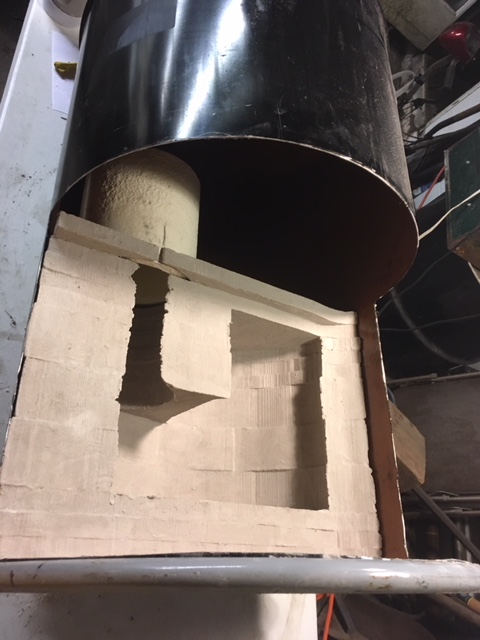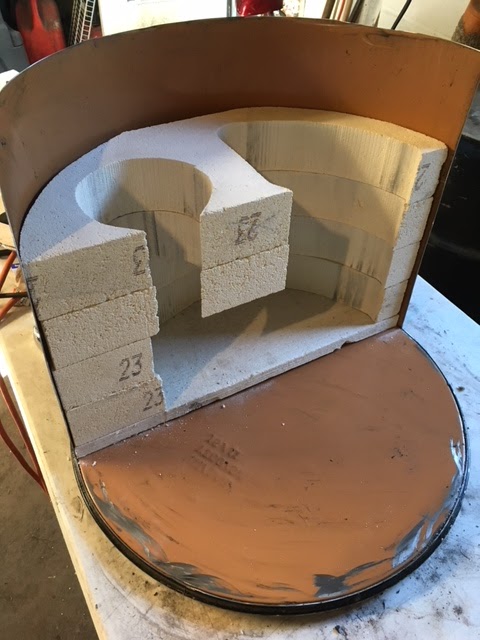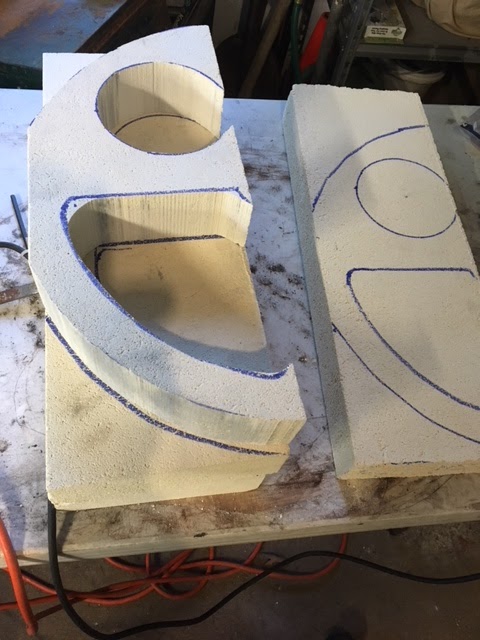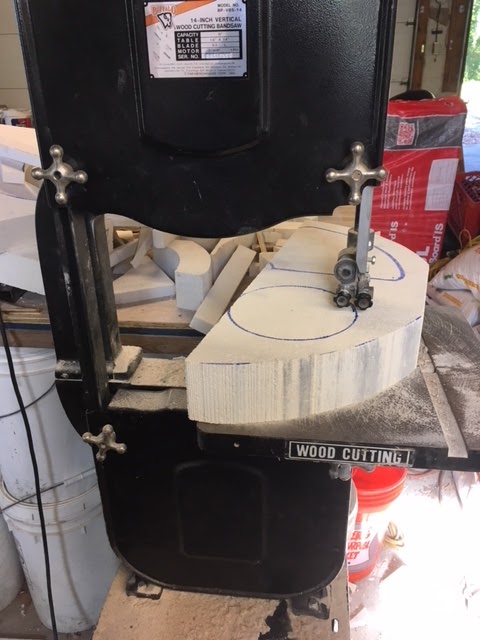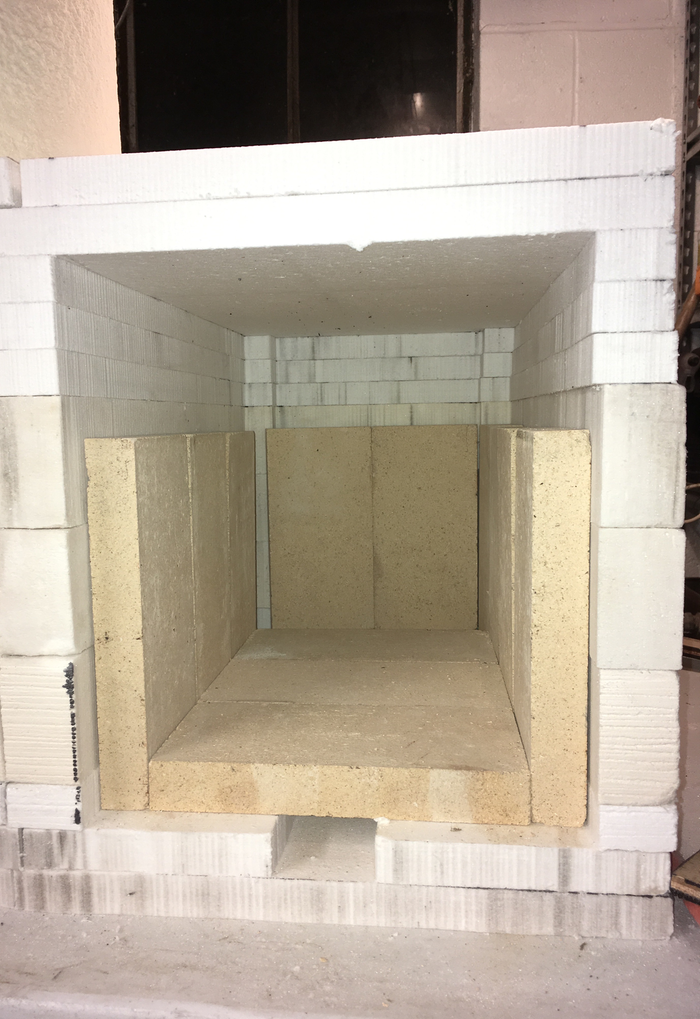A pork butt would be an excellent way to really run your rig through it's paces. Depending on the temperature that you cook them at, and the size of the roast, the cook time can run from 4-24 hrs. I cook a 7lb pork butt in my Pit Barrel Cooker at around 300 degrees, and it usually takes about 6hrs. Some guys cook them at 225, and the same sized butt may take them 12hrs. Pork butt has two virtues for your experiment:
1.
It's as cheap as chicken, and it's impossible to mess up! Pork butt is cut of meat that pulled pork comes from (also known as boston butt, boston roast, pork shoulder, pork shoulder blade roast depending on your butcher). It's high fat content makes it very forgiving; even when I do everything wrong, they still come out great. Just cook it to 165, wrap it in tinfoil, and put it back in until it gets to about 203 degrees. You're just about guaranteed some great pulled pork. It also freezes nicely so you can make a big one and have a 1 month supply.
2.
Practicing temperature management. Mananging the temp inside your smoker is what it's all about. It's what separates the pit masters from the rest of us. It's a bit like checkers in that it's easy to learn, but takes a lifetime to master. Keeping a smoker at 300 for 2 hrs to cook a chicken is one thing, keeping it there for 8 hrs is a different thing altogether. You'll get an opportunity to see how your proposed fuel burns in your rig. Does it burn like a banshee for an hour and settle out, or does give a nice consistent heat through the duration of the burn? You'll also see what happens to the temps when you reload after 5 hrs. Does it hold steady, or does it spike like crazy?
There are two pieces of equipment I highly recommend you get if you don't have them already. An instant read thermometer, and a remote temp monitor.
Instant Read Thermometer: The instant read will give you high accurate temps quickly, which is important not just for food safety, but also for food quality. Small temperature differences make a really big difference in terms of texture and juiciness, especially for low fat things like chicken breasts. There are a million to choose from. I use the thermopop, which for me is good balance between price and speed/accuracy.
http://www.thermoworks.com/ThermoPop
Remote Temp Monitor: This is a wireless thermometer that will give you two important temps: the air temp of your cooker, and the temperature of your meat. You put one probe in the cooker near your meat, and one right inside the meat itself. This way you can sit in your living room and always be able to see how your temps are running. There are a million to choose from, but the one's you'll see being used most frequently around here is the Maverick 732 or 733. They're inexpensive, but very high quality and last for many years. They don't have the bells and whistles of some of pricier ones, but they get the job done. I use the Maverick 732 and I've been very pleased with it. One note of great importance: the probes should be hand washed with great care given to ensure that the cable itself doesn't get too wet. They're reasonably waterproof, but if you drop them in a pot of water to soak, you'll be shopping for a replacement probe.:icon_smile_tongue:
https://www.amazon.com/Maverick-732...08420822&sr=8-4&keywords=maverick+thermometer
If you want to get real fancy to test how your rig performs, you can get a Fireboard thermometer. It ain't cheap, but it does some pretty useful stuff that the inexpensive thermometers can't. First, you can run 6 probes instead of just 2. That may be of interest to you because it will allow you to simultaneously monitor the temps of your pizza oven, as well the temp of your smoker in several places to monitor for hot spots within the chamber, as well as tracking the temps of your meat. Second, it has the ability to log data. It tracks all of the temperatures once every minute or so, and it logs the data so that you can download it into excel or google sheets, or you can just look at the graph. This will give you valuable data to track how your smoker truly performs. It's not essential equipment by any stretch just for backyard cooking, but it might be of interest to a man like yourself who built such a sophisticated rig and wants to really understand how it performs, and how it can be improved.
https://www.fireboard.com/shop/fireboard-fbx11-thermometer/
Good luck and keep us posted!

